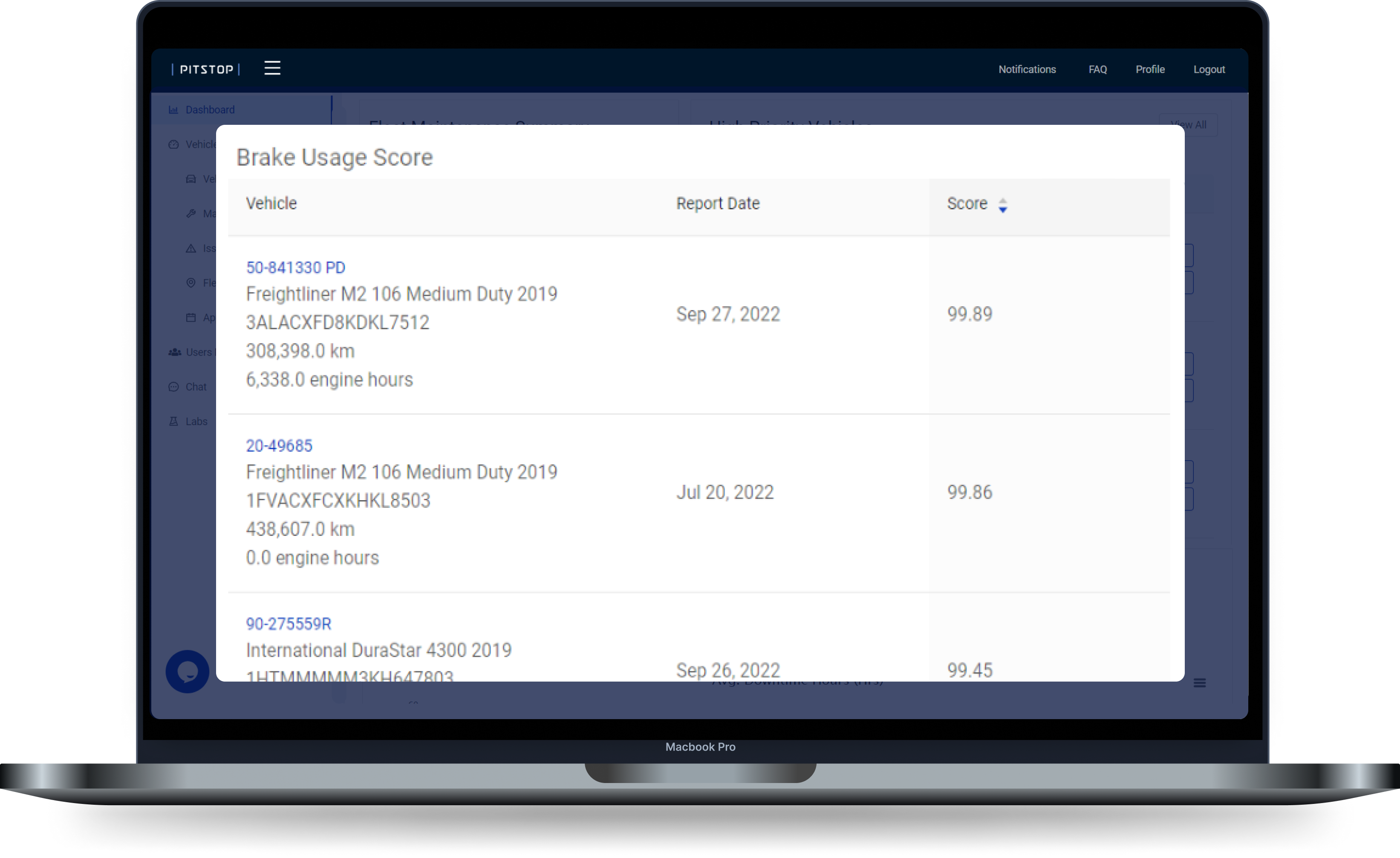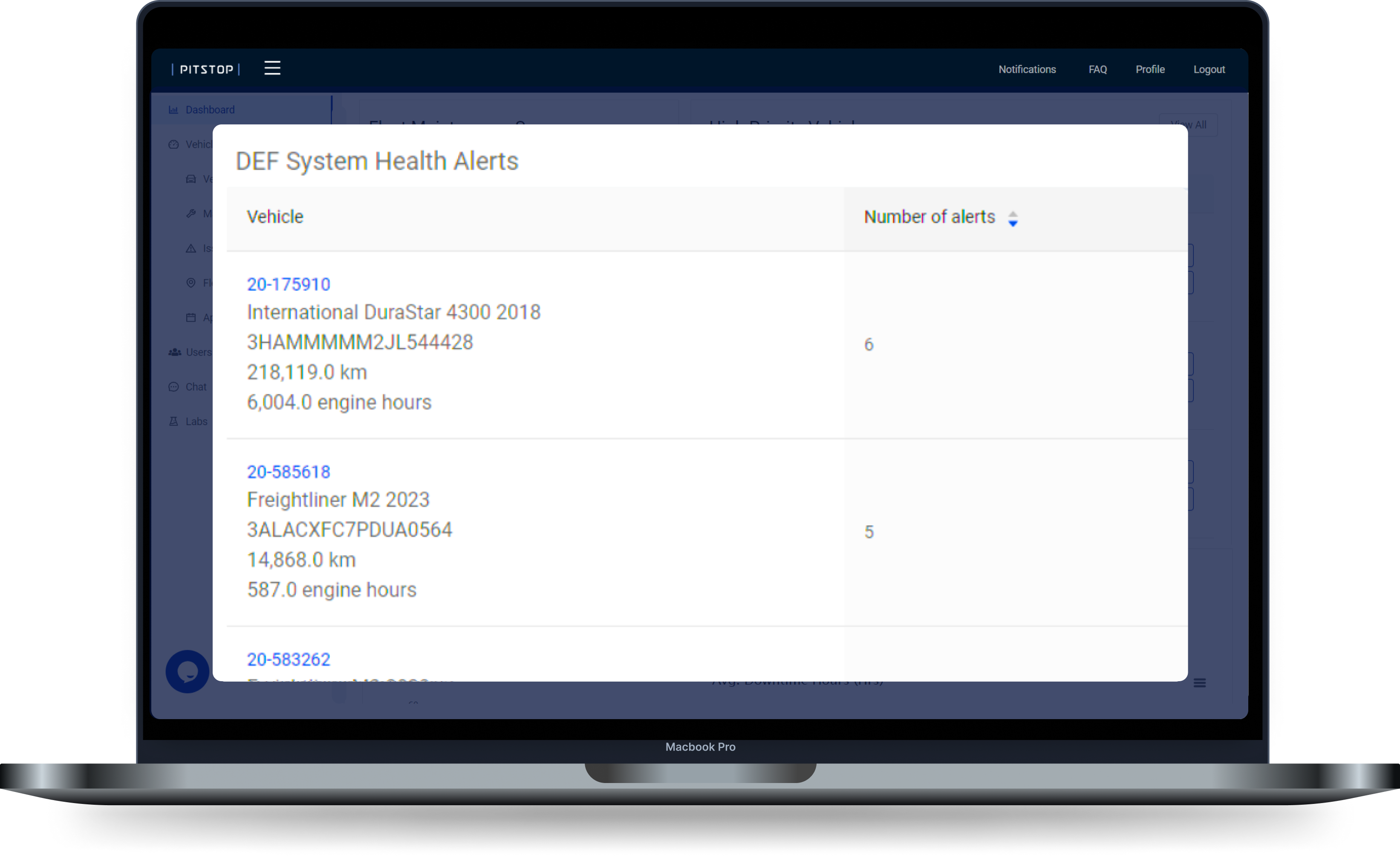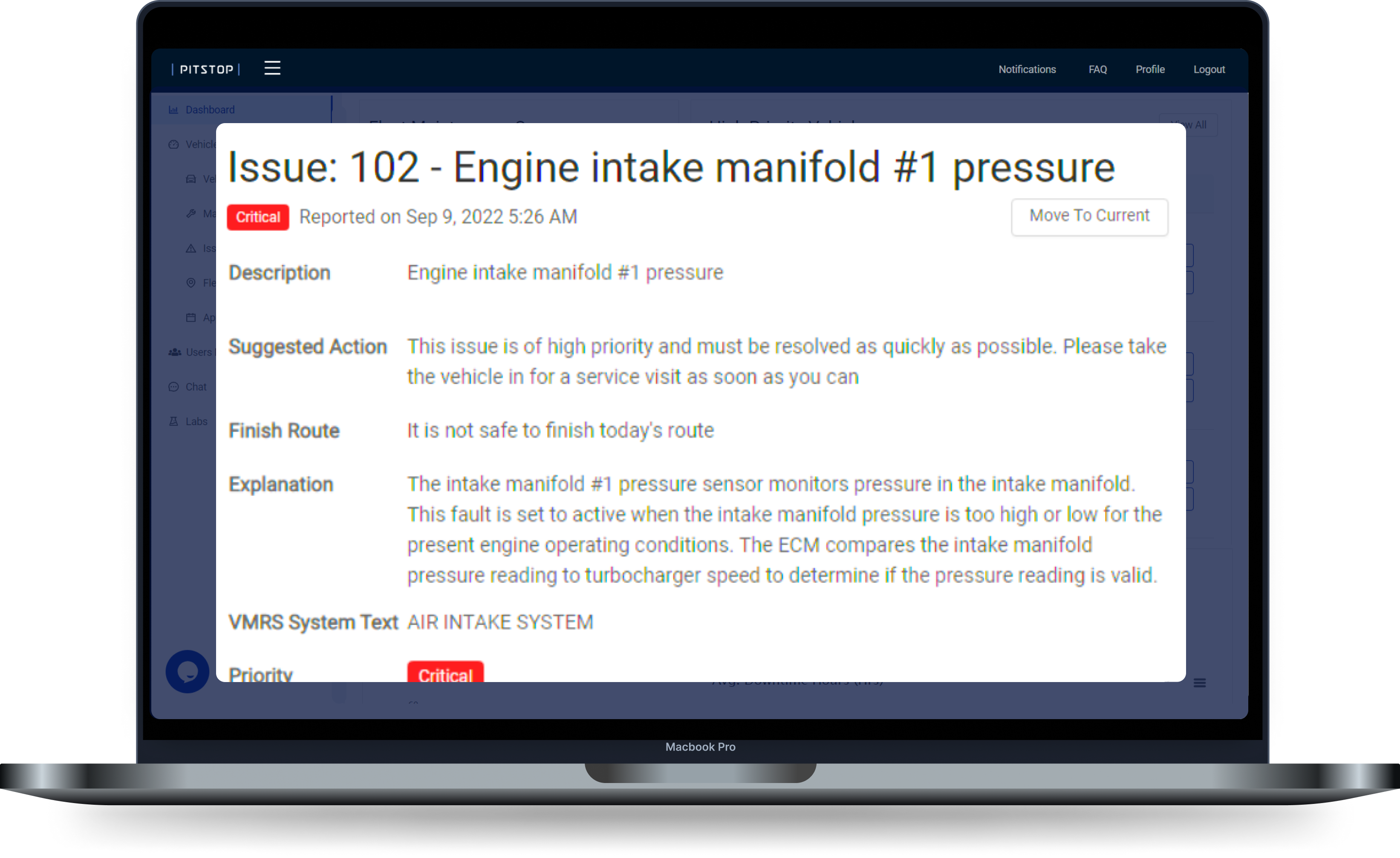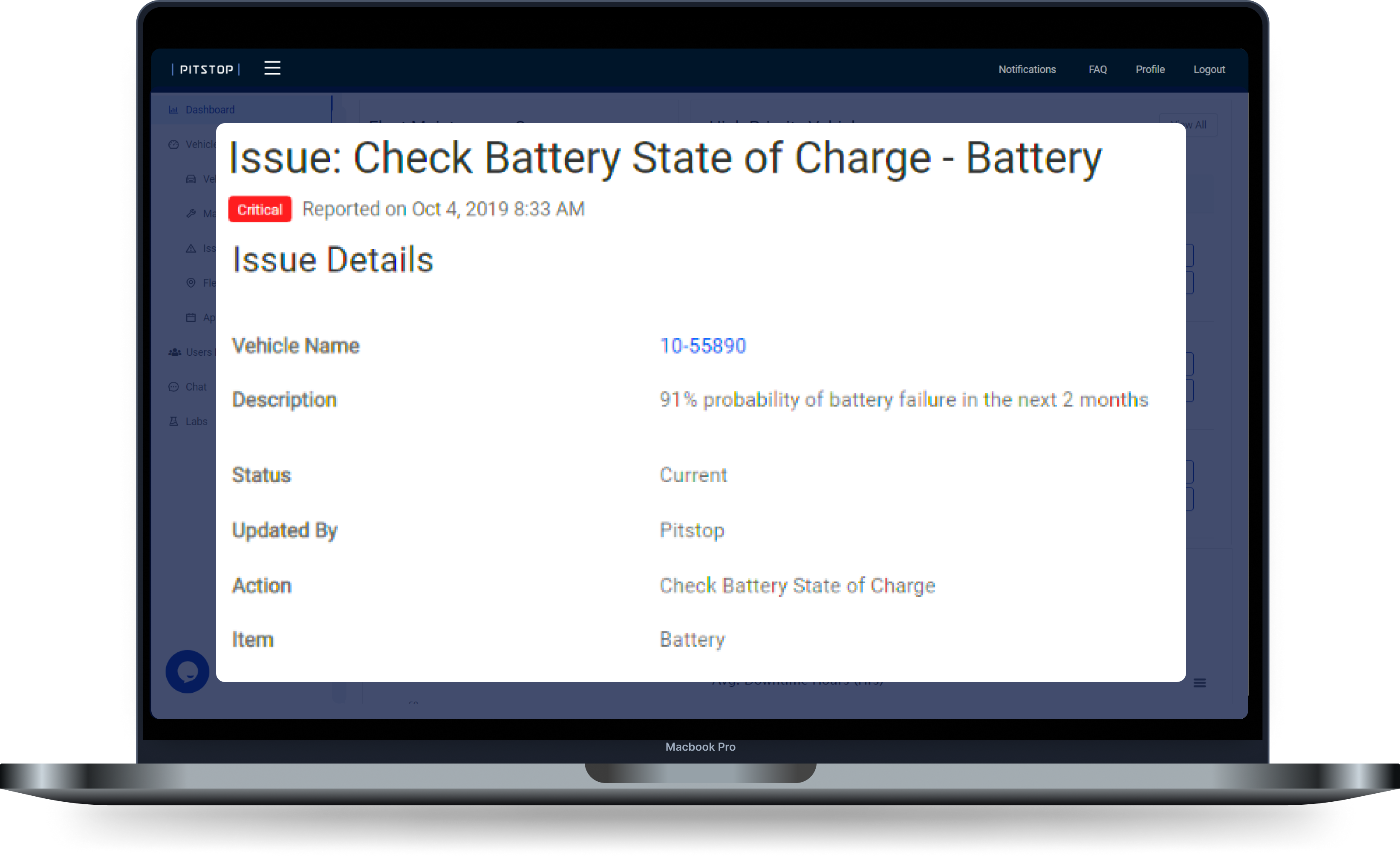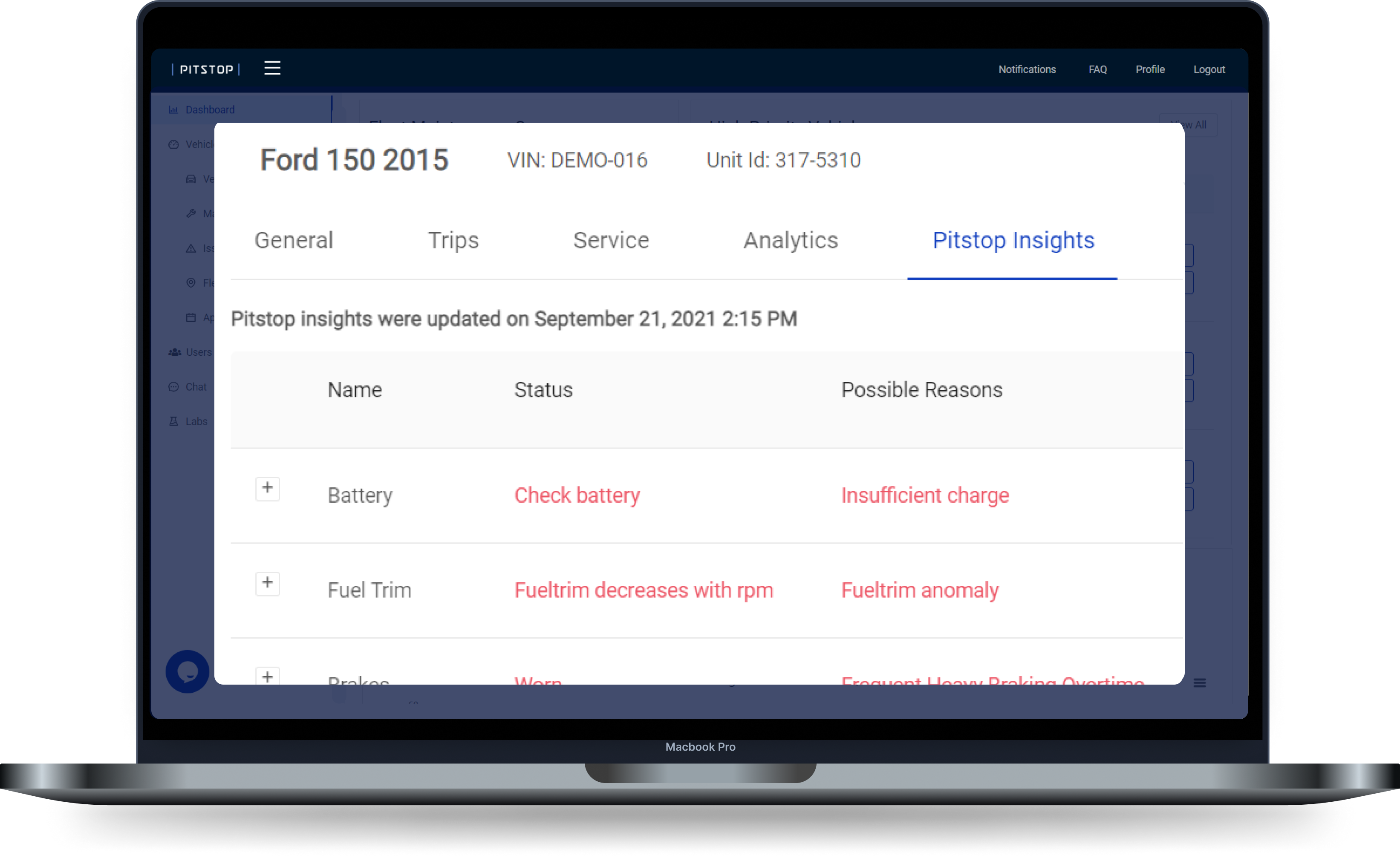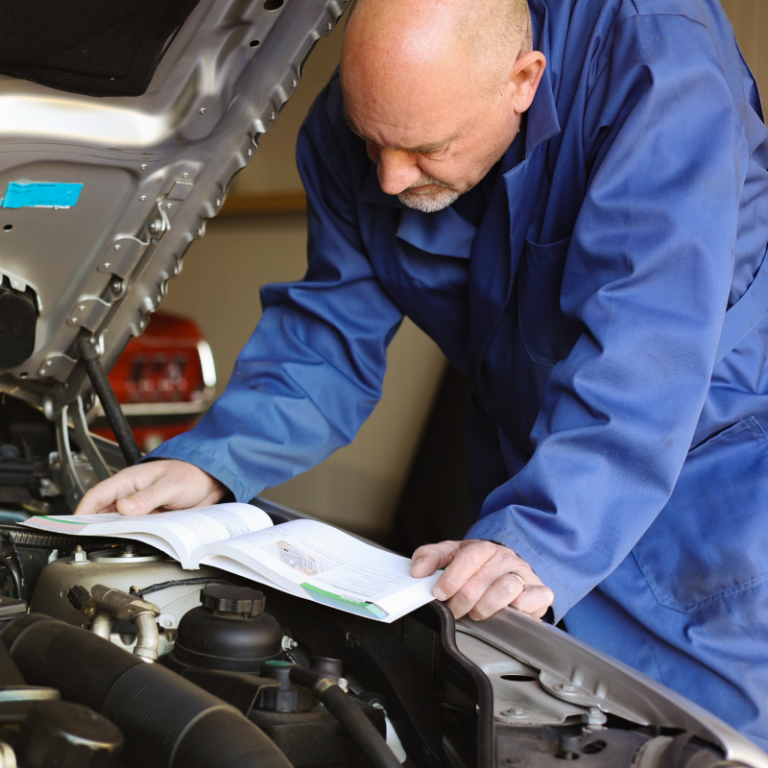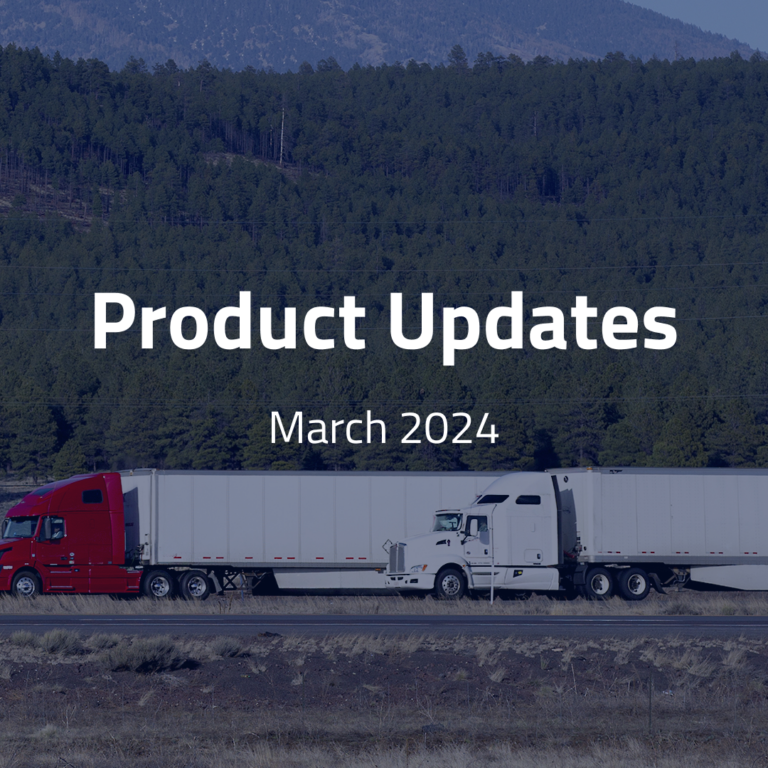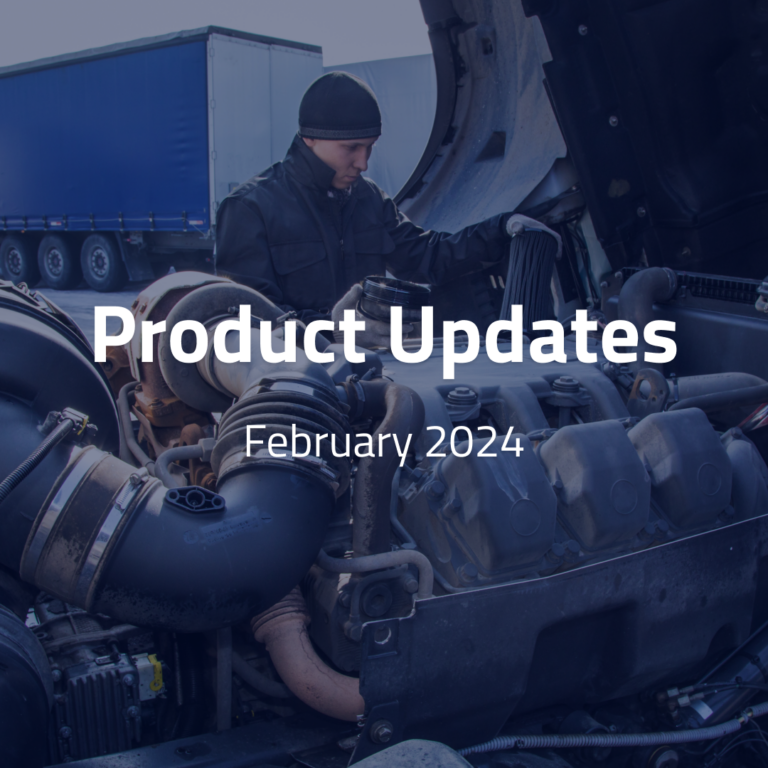
5 Maintenance Tips to Prepare Your Fleet for A Cold Winter
07 October 2023
Read time: 4 min
Effective Fleet Management depends on proactive maintenance
We have officially left the Summer months and entered into Autumn, which means it is time to start preparing your operations for the harsh winter ahead. We don’t mean taking out your thick work gloves and thermals just yet (thankfully). Still, with the weather’s increased unpredictability, there are early steps you can take to ensure your fleet is running as smoothly and safely as possible before the temperature drops.
In fact, with these helpful tips, rather than simply preventing, you’ll be able to see a better return on your investment. Prepare for any mishaps by having your maintenance personnel do predictive maintenance, stocking up on key equipment, and keeping essential supplies on hand.
So to help you stay one step ahead of the winter season, use this checklist for winter fleet preparation!
Tip #1: Monitor your tire pressure
Setting a reminder to rotate your tires is an excellent way to begin your winter fleet preparations. You could also consider upgrading rib tread tires to lug treads for improved vehicle handling and stability on rough roads.
Deflation affects tread life, vehicle fuel efficiency, and overall safety, so keeping an eye on it is essential to reduce risk. For example, consider putting a valve cap on each tire to prevent moisture and ice from accumulating in the valve cores. Also, ensure the tread thickness is at least 5/32 of an inch, which is suitable for winter conditions. In addition, monitor tire pressure using fleet maintenance software as part of your driver’s pre-trip check for regular check-ups.
Tip #2: Check your brake health
It goes without saying that you need new brake pads for the colder months. Check that your vehicle’s brakes are in good operating conditions and replace them if they are squeaking or causing other problems. Include a section on your preventative maintenance checklist for inspecting the air dryer system. The air dryer eliminates moisture from the brakes, preventing water on the lines from freezing. If you don’t keep it under control, the solid lines can lead to deadly brakes.
You may also use predictive maintenance software that determines the current health score of your brakes and predicts when it’s time for maintenance, so you don’t have to go in for unnecessary visits with your technician. To read more about Pitstop’s AI Analytics on brake failures, download the whitepaper today.
Tip #3: Check your DEF
Winterization even includes DEF system maintenance. DEF, commonly known as Diesel Exhaust Fluid, is essential for maintenance, especially if you have a urea-based exhaust. DEF has a freezing point of 12° F. However, it can thaw in about 45 minutes under normal conditions. Also, make sure the system is free of leaks.
Reviewing DEF levels frequently is essential to ensure they’re at normal levels. If your truck runs out of DEF, it can only travel at a very slow speed and will no longer reduce NOx emissions. Predictive maintenance software monitors and predicts low DEF levels without redundant manual driver inspection.
Tip #4: Sensor Health
As snow and ice accumulate on vehicles this winter, sensors risk being obstructed. Today’s connected vehicles feature ADAS (advanced driver-assistance systems), which are technical integrations that improve vehicle safety. When these sensors cannot detect what is in front of them, they can be faulty, lighting a warning light on the dashboard. Therefore, it’s crucial to keep your sensors clean at all times.
If there is a warning light on your truck’s dashboard, you should identify the exact issue and take the recommended action as soon as possible; see Pitstop’s top DTC codes to learn more. Fleet maintenance software can utilize DTC data to notify you in real time when a vehicle has a sensor issue so you can keep your drivers safe on the winter road.
Tip #5: Charge up your Batteries
It is no surprise that chilly winter temperatures deplete battery life faster than warm conditions. We’re sure you’ve had to jump-start a few trucks or even coast down a hill to get the motor started due to a dead battery. While smaller cars can accomplish it, dead or weak batteries in tractor-trailers can leave you stuck on the highway with your drivers waiting in negative temperatures.
Diesel engines require more powerful batteries than gasoline-powered vehicles. In the winter, they also face a higher initial load, in contrast to the faster degradation in summer. Dim headlights and a slow engine crank from the starter motor are signs of a faulty battery. Purchase batteries with thermal insulation to protect your batteries from excessive discharge during the winter months. This allows you to savour the benefits of heat-protected batteries all year long. In addition, fleet maintenance software is helpful for predictive alerts to prevent unexpected breakdowns due to battery state of charge.
Make Unpredictable Winters, Predictable
Winter fleet operations bring unique problems in addition to the usual fleet requirements. However, planning ahead of time, using predictive maintenance software, and routinely inspecting your cars can help your operations go more smoothly. Furthermore, early preparations might help kickstart your operations when the first snowfall arrives, ensuring that you don’t skip a beat.
Reach out to sales@pitstopconnect.com if you’d like to learn more about predictive maintenance software.
